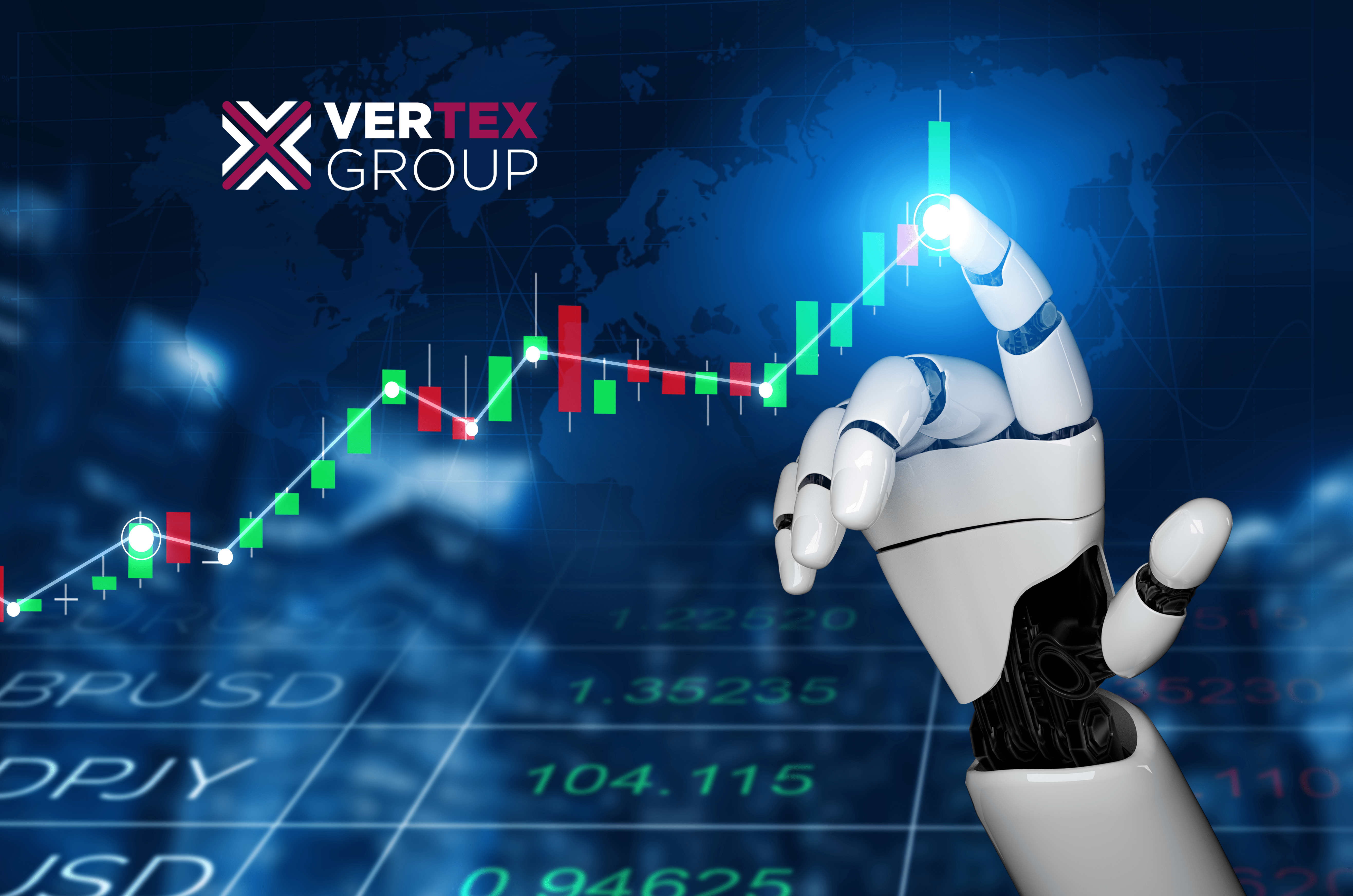In the fast-paced world of financial trading, robot trading (also known as automated trading or algorithmic trading) has emerged as a powerful tool and advanced technology that helps traders make and execute trading decisions independently. Trading robots are computer programs designed to track the Forex markets, analyze financial data, and execute trades on behalf of …
What are trading robots and what are their benefits?

In the fast-paced world of financial trading, robot trading (also known as automated trading or algorithmic trading) has emerged as a powerful tool and advanced technology that helps traders make and execute trading decisions independently. Trading robots are computer programs designed to track the Forex markets, analyze financial data, and execute trades on behalf of traders. These robots are characterized by their ability to work with extreme speed and accuracy, which makes them able to take advantage of market opportunities faster than any human trader.
What are trading robots?
Trading bots are automated programs that perform trading in whole or in part according to specific criteria. They open and close positions or just give signals.
Robots can trade completely autonomously or simply give signals to the trader. They work using pre-defined algorithms and help to ignore the trader’s emotions when trading
How do trading robots work?
The trader first chooses the parameters of his trading strategy. Then he enters the trading conditions he wants, and the robot begins trading according to all these conditions.
The trader then controls the robot and adjusts the conditions according to his trading journey. If market conditions change or the robot does not work properly, the trader can turn off the robot at any time.
The history of trading robots and automation in the financial world
The first primitive trading robots appeared in the 1980s and were simply systems that followed simple trading rules. The capabilities of these early robots were very limited, but they paved the way for more sophisticated systems that could analyze massive amounts of market data and make trading decisions based on complex strategies.
The development of artificial intelligence (AI) and machine learning (ML) technologies in the late 20th and early 21st centuries brought another revolution in the field of trading robots. These advanced systems can now adapt to changing market conditions and learn from their experiences, making them more effective at identifying profitable trading opportunities.
Today Forex trading robots have become an integral part of the financial landscape, used by institutional investors, hedge funds, and even individual traders. Robots have revolutionized the way trades are executed, introducing a higher level of speed, efficiency and decision-making that was never possible before.
What are the types of trading robots?
Semi-automated robots (expert advisors): This robot does not act independently, but only gives signals when to buy or sell assets. The final decision to open or close a position always rests with the trader.
Fully Automated Robots: Fully automated robots trade completely autonomously, without trader intervention. These robots open and close positions themselves, set stop-loss and take-profit targets. In general, the trader here only controls the work of the robot, makes changes to the conditions and, if necessary, turns off the robot.
Advantages of trading robots
Strict compliance with the system: Unlike humans, a trading robot cannot be afraid or excited, hesitant or reckless. He does not feel any market emotions and is not affected by sentiment. The robot always follows the system, no matter what. When based on a solid trading system, the robot will consistently make profits.
Fast data analysis: A trading robot is basically a computer program that can perform technical analysis easily and quickly, and can also handle large amounts of data.
Simultaneous trading of multiple instruments: If the trading system requires trading in more than one instrument, this may deteriorate the quality of the analysis, because in this case the trader has to switch between instruments. The trading robot processes data from various sources with ease, while maintaining high-quality analysis.
Efficient and Fast: The trading robot gives traders the opportunity to place trades quickly and efficiently. If you trade manually, it can take minutes or even hours to execute a single trade. Bu
a robot, you will do it at a high speed, and in addition, trading robots help you see opportunities faster
Disadvantages of trading robots
Do not understand trading robot market sentiment analysis
Trading robots do not take news and fundamental analysis into account when trading: In order to trade effectively, one must use fundamental analysis in addition to technical analysis. There are times when technical data needs to be supplemented by a general market assessment, and not just technical indicators. Robots simply can’t do that.
Inaccurate operation of trading robots when market conditions change.
Unclear working mechanisms: A trader cannot always understand how a robot works unless he is a programmer
Viruses and malfunctions: The robot is a computer program and it is possible for it to be infected with a virus like other programs, and then it may cause huge losses by issuing inappropriate commands and disabling it at critical times, in addition to the malfunctions that may befall it.
Set up and customize a trading robot
After choosing the right trading robot, the next step is to set it up properly and customize it for optimal performance:
Link Account: Link the trading bot to your trading account with the appropriate permissions to execute trades on your behalf
Parameter Configuration: Customize the robot’s parameters, such as stop loss and take profit levels, to align with your trading strategy
Risk Management Protocols: Establish risk management protocols, such as position sizing and asset diversification, to limit potential losses.
Monitor and Test: Constantly monitor the robot’s performance to make adjustments as needed and ensure it remains effective under constantly fluctuating market conditions.
Backtesting and continuous improvement
Backtesting and optimization is an indispensable process in continuous trading robot development and evaluation:
Backtesting: Use historical data to test the robot’s performance over different market periods to evaluate its effectiveness and identify its potential weaknesses.
Continuous improvement: Improve the robot’s parameters and strategies based on the results you get from backtesting to improve its performance and adapt to changing market conditions.
Performance metrics: Use the most appropriate performance metrics, such as win-to-loss ratio, to evaluate the bot’s overall effectiveness.









